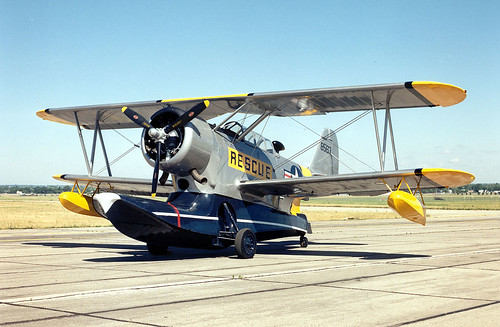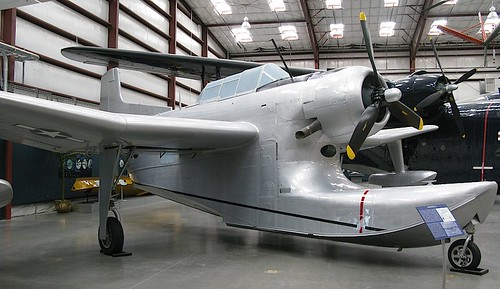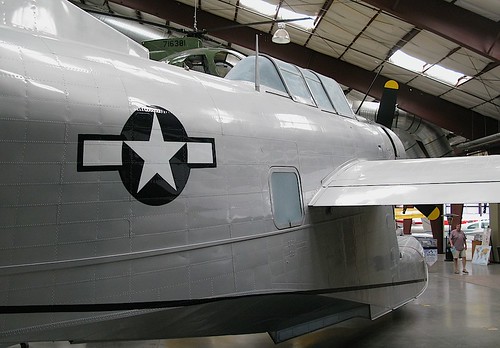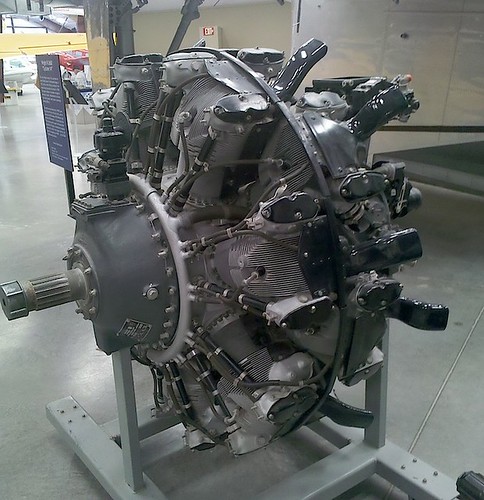After my post about the Lockheed P-80 Shooting Star, I asked some friends if they wanted me to blog about any aircraft in particular. My niece Rebecca voted for a floatplane, I imagine because she lives in Seattle and sees them all the time … also, of course, floatplanes being so cool. It happens that I have a favorite floatplane at the Pima Air & Space Museum (PASM), the Columbia XJL-1, and it’s not one Rebecca has ever seen before, since it’s one of only two in the world.
From the mid-1930s to the end of WWII, the Navy used the Grumman J2F Duck for air-sea rescue and observation duties. It carried a crew of two and had room for two rescued airmen. It was armed with a machine gun and was capable of carrying 850 pounds of bombs or depth charges.

The Columbia XJL, designed by Grumman at the end of WWII, was meant to replace the Duck.

Grumman passed production on to the Columbia Aircraft Corporation, which built three prototypes. In 1946 all three were delivered to the US Navy at Patuxent River Naval Air Station in Maryland. The XJL, which never had an official name but was sometimes referred to as the “single-winged Duck,” was a larger aircraft with a more powerful engine and the capability to carry up to six passengers in addition to its two-man crew. It was equipped with tricycle landing gear and a tail hook, so that in addition to operating amphibiously it could also take off from, and land on, aircraft carriers. Although I have not been able to find any information on how the XJL was to have been armed, I think it’s safe to assume it would have had similar capabilities to those of the Duck, and indeed the example I photographed at PASM has under-wing hard points.

At Patuxent River NAS, the Navy ground-tested the first prototype to destruction. The second and third prototypes were flight tested but after a number of structural failures the Navy abandoned the project and the XJL never went into production. The Navy sold the two remaining aircraft. The second prototype is in private hands (according to this site, it is still flying and is for sale).
The third prototype passed through a few civilian hands and at one point was re-engined in preparation for an around-the-world flight; its then-owner replacing the original Wright R-1820 9-cylinder radial engine with a twin-row 14-cylinder R-2600. The planned flight never came to pass, and after languishing at Ryan Airfield outside Tucson, Arizona for several years, it became part of PASM’s collection. It has been restored and repainted in US Navy colors, but it retains the R-2600 replacement engine.

References: